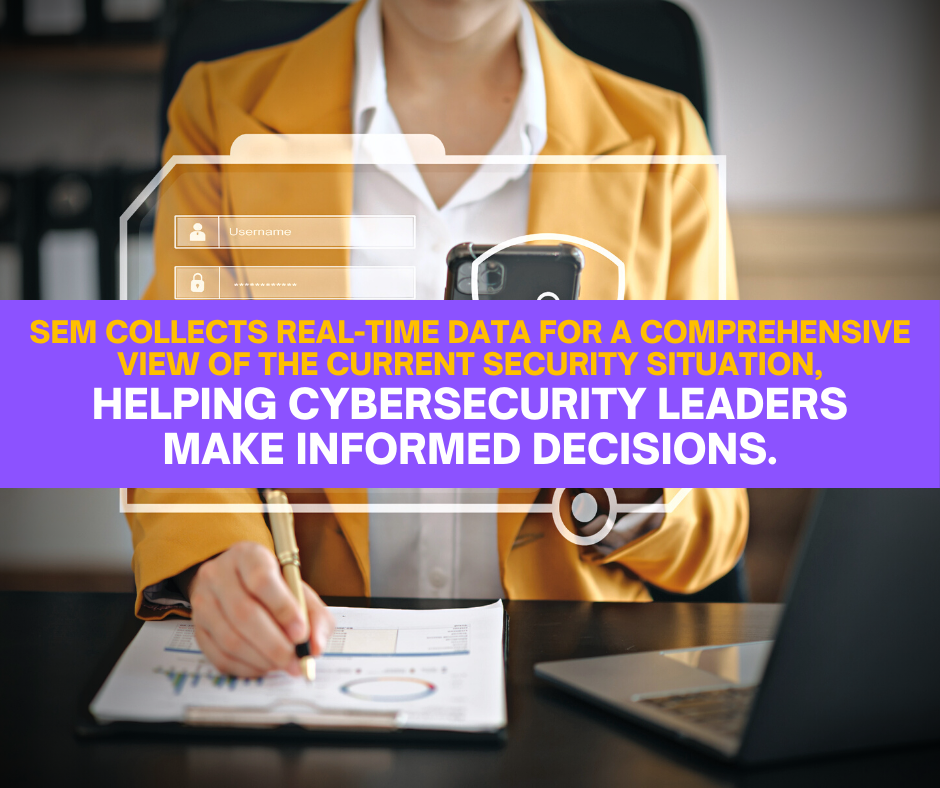In the current cybersecurity landscape, it is vital to implement SIEM and incident management strategies. These tools enable organizations to detect and respond to security incidents promptly, minimizing the impact of cyberattacks. By leveraging SIEM and incident management, companies can improve their cybersecurity posture and safeguard sensitive data and systems from cyber threats. Therefore, it is essential to integrate these practices into your cybersecurity framework to enhance your organization’s security resilience.
The digital revolution, marked by exponential data generation and a surge in online activities, has made cybersecurity a critical concern for organizations worldwide. Security Information and Event Management (SIEM) and Incident Management have emerged as essential strategies for securing businesses’ digital fortress. This essay explores their significance, focusing on the role of SIEM analytics in enhancing cybersecurity and providing authoritative evidence on why these mechanisms are indispensable in the current landscape.
SIEM is a confluence of two essential components: System Information Management (SIM) and Security Event Management (SEM). SIM lays the groundwork for efficient data collection, continuous monitoring, and transformation of raw data into an easily comprehensible format.
This data originates from firewalls and networking device logs and provides invaluable insights into potential vulnerabilities in an organization’s system.

Meanwhile, SEM collects, monitors, and reports security-related incidents and events. This real-time data offers a comprehensive view of the current security situation, helping cybersecurity leaders make informed decisions.
The synergy of SIM and SEM forms the backbone of SIEM, enhancing the organization’s ability to identify and respond to threats preemptively. SIEM ensures compliance with federal regulations and serves as a repository for incident management reports. With the estimated annual cost of cybercrime expected to reach $6 trillion by 2021, according to Cybersecurity Ventures, SIEM offers a critical defense line by enabling proactive risk mitigation.
The primary role of SIEM solutions involves aggregating data from multiple sources, such as firewalls, servers, and networking devices. This aggregated data creates a centralized hub for analysis and reporting, providing a comprehensive view of the security environment. This 360-degree visibility facilitates evidence-based decision-making, enhancing the overall security posture. Moreover, SIEM aids in maintaining records that fulfill both organizational needs and government-mandated requirements.
However, the integrity of this valuable data must also be protected. It’s paramount to institute safeguards against unauthorized access and conduct frequent audits to ensure these measures are effective. Best practices like adherence to the NIST CSF-Compliance programs provide proven frameworks for maintaining stringent cybersecurity measures.
Analytics is a pivotal aspect of SIEM that’s gained prominence in recent years. SIEM analytics involves the application of sophisticated algorithms and statistical models to identify patterns and anomalies in collected data, which traditional methods may overlook. For instance, machine learning can aid in establishing baseline behavioral patterns and pinpointing any deviations, signaling potential threats. SIEM analytics significantly enhance an organization’s cybersecurity by making threat detection more predictive than reactive.
Regarding incident management, the role of SIEM is just as crucial. A well-implemented SIEM system can expedite the identification of threats, thus decreasing reaction times. This timely information empowers first-level security analysts and enables smooth escalation of critical issues to higher-level analysts. These professionals can then leverage resources such as the National Vulnerability Database (NVD) or the Common Vulnerabilities and Exposure (CVE) database to devise appropriate mitigation strategies.
Post-incident analysis and forensics are invaluable in understanding the anatomy of the attack, the involved threat actors, and potential remediation. These findings fuel continuous learning and improvement, enhancing the organization’s security framework. According to a study by the Ponemon Institute, companies that contain a breach within 30 days save over $1 million compared to those that don’t, reinforcing the importance of effective incident management.
It is imperative for organizations to implement modern cybersecurity frameworks that rely on SIEM, incident management, and advanced analytics. With the ever-increasing sophistication of cyber threats and the continuous evolution of digital infrastructures, SIEM’s comprehensive security perspective, quick incident response, and continuous learning abilities are critical for ensuring effective security measures.

